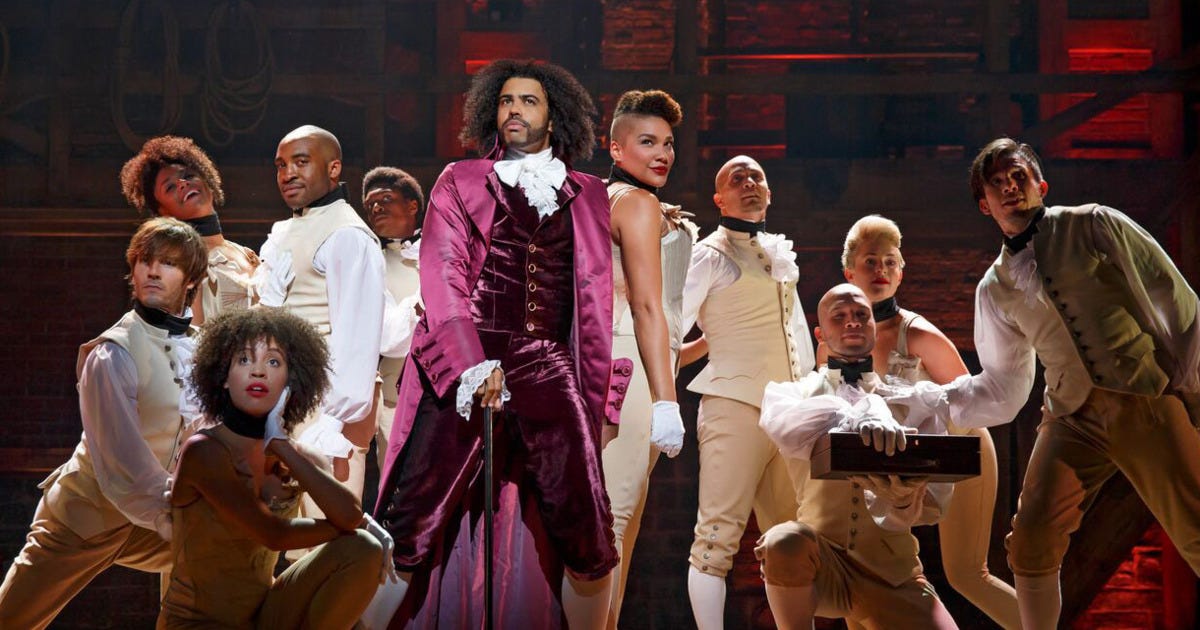

Its original intent was subsequently expanded, as the editorial stated, to provide financing to the reinsurance program and Medical Assistance program to the tune of more than a billion dollars. While at the time it was considered a tax on the sick, it provided needed and necessary money to help with access to care and improvements in health care services. Also, the fund was originally started in 1992 to fund MinnesotaCare. Had they left the fund alone, there would have been plenty of money held in trust for the ongoing needs of the state’s population. While there are definitely ongoing and future needs, they could have been financed more easily if governors hadn’t raided the fund for non-health-related reasons. Thank you for the well-written editorial about the issues related to health care funding and the need to identify the tremendous ongoing need for funds to pay for the health care needs of this state’s population. The writer is a professor in the Division of Health Policy and Management of the School of Public Health at the University of Minnesota. Those names have absolutely no bearing on the true incidence of the tax. 26 editorial (“Next governor faces health care fiscal cliff”) on the Health Care Access Fund and its source of revenue - the 2 percent “provider tax.” The Star Tribune Editorial Board raised several important questions regarding the provider tax, including (1) Did it serve Minnesota well? And (2) Who benefits if it expires or if it is maintained? I would suggest adding a more direct version of the second question - and the question that is most often forgotten when analyzing any tax: Who actually pays it? Taxes are given names like “provider tax” for political purposes. Questions about the fiscal cliff facing the next governor I speak as a survivor of violence and an advocate for too many women like me in this state.

And let’s talk about how columns like this contribute to a culture of victim-blaming that must stop. Let’s talk about the important work that local nonprofits like the Domestic Abuse Project are doing to break the often intergenerational cycle of violence in our communities. Let’s talk about toxic masculinity, and about the link between untreated childhood trauma and men who commit violence. The only people who can prevent violence against women are the men who (overwhelmingly) commit the violence. Conversations about the epidemic of violence against women in this state are vitally and urgently important, but it is a myth to suggest that if women would just learn a few “self-defense” techniques, we’d be “safer” from violent men.

26 column “Before the race, a dose of vigilance,” linking self-defense techniques and the prevention of violence against women, was not just disappointing but dangerous - and the inclusion of a picture of slain Iowa student Mollie Tibbetts was offensive. Some of the founders were slave owners, but their ideals fueled the movement for abolition, and continue to fuel the ongoing quest for equality for all.Īmerican pop star Taylor Swift performed during her “Reputation Stadium Tour.”Ĭolumn sent wrong message - that that burden is on victims Equality as a fundamental ideal was a radical departure from the historical norm. Slavery was the cross-cultural historical norm. In the late 18th century, we would have been alone and likely judged as mad. We would all have taken to the streets to protest the founders’ slave ownership, no doubt. We are eager to disparage the founders for not living up to our standards and praise ourselves for living up to theirs. I was encouraged to see Blodgett’s commentary acknowledge that it is unfair to judge Jefferson’s ownership of slaves by today’s cultural norms.

So, if you believe that government is not the solution to the problems, but is the problem, Jefferson would say you’re not doing it right. Therefore, if their government doesn’t do a good enough job of protecting those rights, it is also their right to change it or replace it. He said that people create their own government with the express purpose of ensuring their rights. But we are far less familiar with what came next, even though it was surely just as important. We are all familiar with what Jefferson wrote in our Declaration of Independence about life, liberty and the pursuit of happiness. Thanks to Bonnie Blodgett for her thoughtful commentary on Alexander Hamilton and Thomas Jefferson (“Hamilton vs.


 0 kommentar(er)
0 kommentar(er)
